4 Poblano Chili Substitutes That Add Mild Heat
Poblano chilies bring mild heat and smoky depth to Mexican cuisine but can be hard to source in some areas.
Fortunately, peppers like anaheim, pasilla, or mild jalapeños can offer comparable flavor and heat profiles.
Each alternative has distinct nuances that may alter the dish subtly, so understanding your options is key.
These substitutes perform well in roasting, stuffing, and sauces, preserving traditional tastes.
Adjusting cooking methods and spice levels helps tailor the replacement to your preferences.
With a little creativity, you can maintain authentic flavors despite ingredient limitations.
Discover how to select the perfect poblano substitute for your culinary needs.
Mild and Smoky Poblano Chili Alternatives
Poblano chili alternatives maintain mild heat and smoky notes in sauces and salsas. Different peppers can bring new dimensions to dishes. Discover which ones might spice up your meals.
Green Bell Pepper
Substituting green bell peppers for poblano peppers offers a mild flavor alternative in many recipes, especially those requiring stuffed peppers.
These green substitutes aren't as sweet as other bell varieties but actually taste sweeter than poblanos while maintaining that desired green color in dishes.
Their large cavities make them perfect for holding fillings, just like poblanos do in traditional recipes.
For those missing the heat that poblanos provide, simply adding chili powder or other spicy seasonings during preparation can create a similar flavor profile.
When making the switch, use equal measurements as called for in your original recipe, adjusting any added spices to match your preferred level of heat.
Anaheim Peppers
Anaheim peppers stand out as a popular choice in their namesake city, offering a mild flavor that transforms into a slightly spicy, sweeter taste when cooked.
Many cooks swap these peppers for poblanos in recipes due to their similar characteristics and versatility.
Their wide cavities and thick skin make them excellent for stuffing with various fillings, adding both flavor and texture to meals.
When using Anaheim peppers as substitutes, reducing the quantity is recommended since they develop more heat during cooking than poblanos.
These versatile peppers work wonderfully in Mexican dishes, roasted vegetable medleys, and even simple sautés where a gentle hint of spice enhances the overall dish.
Cuban Pepper
Cubanelle peppers, also known as Italian frying peppers, offer a fantastic substitute for poblanos with their mildly sweet flavor that maxes out at just 1,000 SHU compared to poblano's stronger 1,500 SHU on the Scoville scale.
Their long, wrinkled appearance and lighter skin make them less suitable for stuffing but perfect for adding delicate flavor to sauces and various recipes.
You can easily use them in a 1:1 ratio when replacing poblanos in your cooking.
Jalapeno Pepper
Poblano peppers can be nicely swapped with jalapenos in many dishes when you need a substitute, though jalapenos pack more heat at 3,500-8,000 on the Scoville scale compared to milder poblanos.
Their decent-sized cavities make them suitable for stuffed pepper recipes, but taking out the seeds, veins, and pith helps manage the spiciness level.
Most home cooks prefer using smaller amounts of jalapenos to balance the flavor without overwhelming the dish.
The versatility of jalapenos makes them popular in salsas, chilis, and other Mexican-inspired foods where poblanos would typically shine.
What Should You Consider When Replacing Poblanos In Roasted Or Stuffed Recipes?
When swapping out poblanos in roasted or stuffed dishes, think about the heat level, flavor, and size to keep the dish balanced. Poblanos have a mild to medium heat with a rich, earthy flavor that really shines when roasted. Peppers like Anaheim or pasilla are good stand-ins since they have a similar heat and size. Also, make sure the pepper you choose is sturdy enough to hold up during roasting or stuffing without getting too soft or falling apart.
When Should You Use Dried Peppers Instead Of Fresh Poblano Substitutes?
Dried peppers are especially useful when fresh poblanos aren’t available or when you want to add a deeper, more intense flavor to your dish. Varieties like ancho or pasilla work well in sauces, stews, or purees where you can rehydrate and blend them to release their rich, smoky notes and add complexity.
However, dried peppers lack the fresh texture and moisture that poblanos provide, so they aren’t the best choice for recipes that rely on the pepper’s firmness, such as stuffed peppers. If your dish depends on the structural integrity and juiciness of fresh peppers, it’s better to use a fresh substitute.
Dried peppers are perfect for adding depth and smokiness in cooked dishes but should be avoided when the texture of fresh peppers is crucial. They’re especially handy when fresh peppers are out of season or hard to find.
How To Maintain The Same Texture When Swapping Poblanos For Other Peppers?
To keep the texture close to poblanos, it’s best to pick peppers that are similar in thickness and firmness. Peppers like Anaheim or cubanelle work really well because they’re sturdy enough to hold up when roasting or stuffing.
If you’re using thinner or more delicate peppers, try cutting down on cooking time and handle them carefully so they don’t tear or get too soft. Keeping an eye on them while cooking will help make sure they come out tender but still have a nice bite.

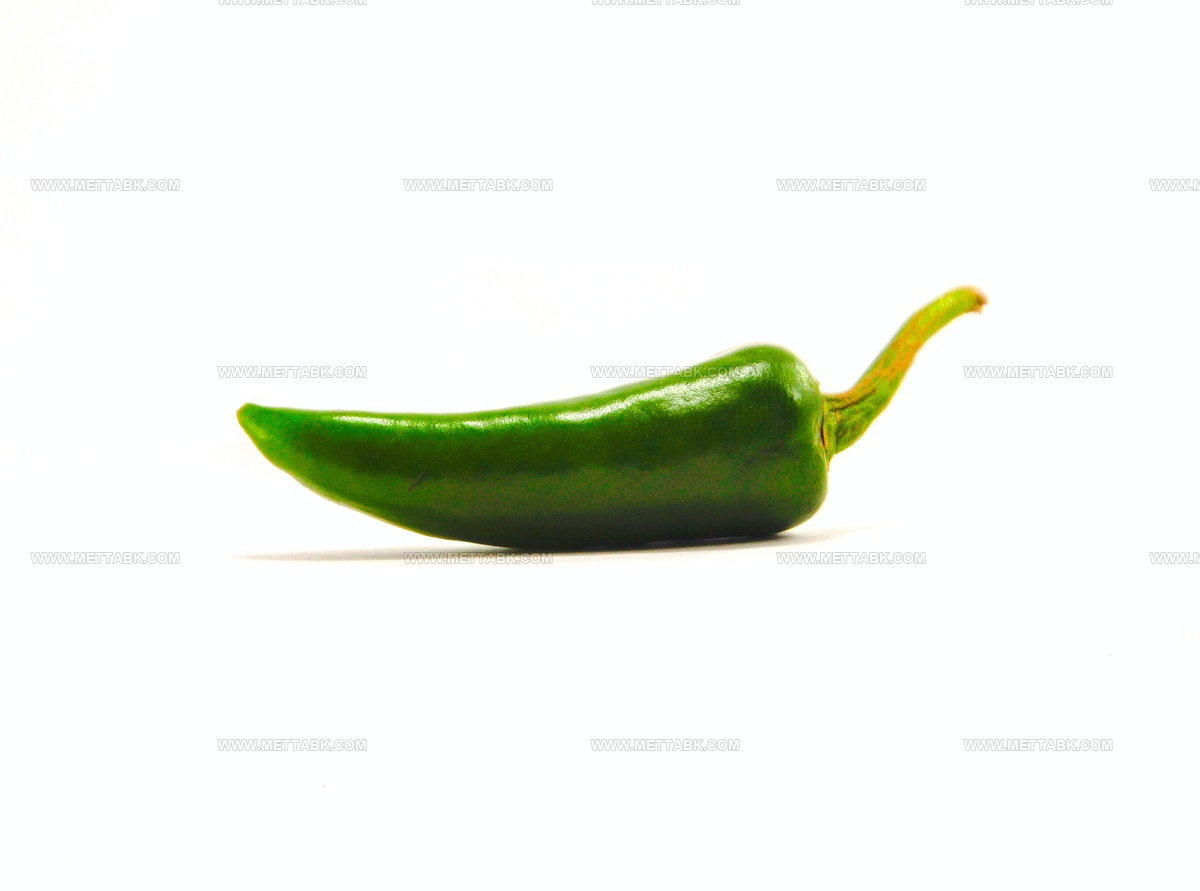
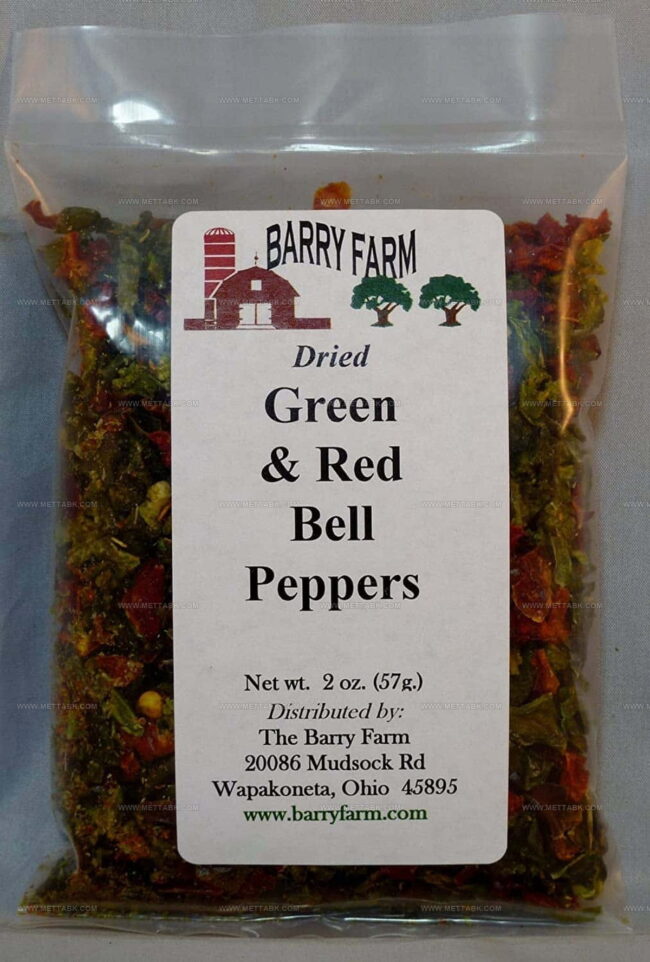
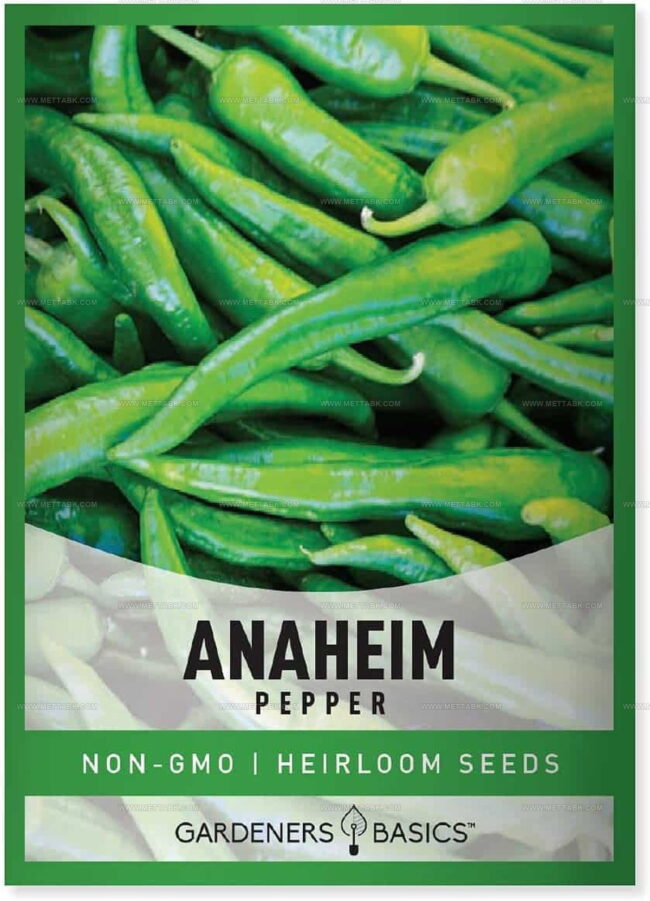
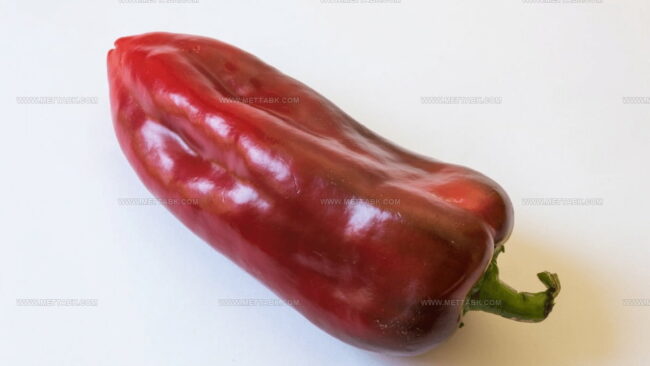
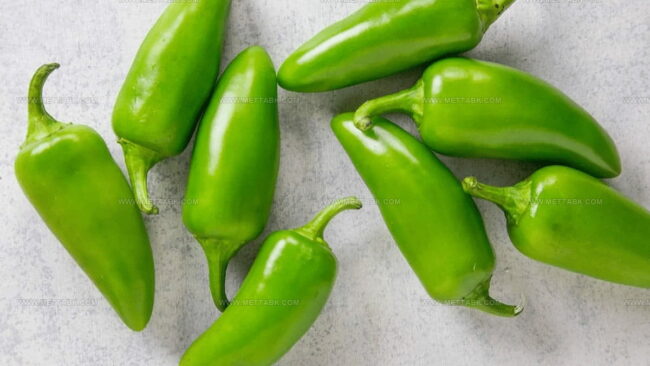
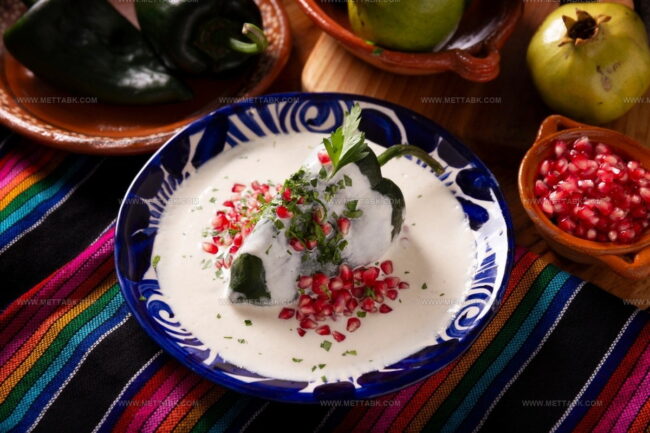
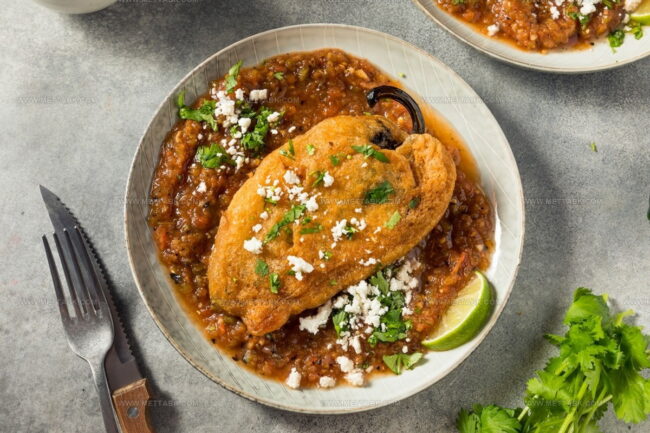
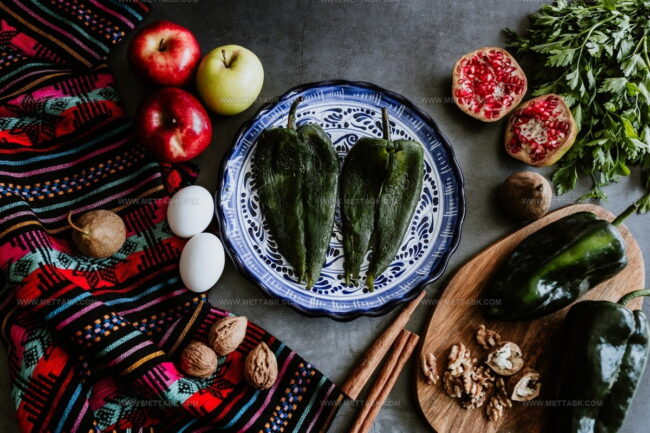
Clara Bennett
Contributing Recipe Developer & Food Writer
Expertise
Baking and Pastry Development, Gluten-Free and Allergy-Friendly Recipe Creation, Culinary Storytelling and Food Journalism, Recipe Testing and Standardization, Southern Comfort Foods and Modern Twists
Education
Sullivan University – National Center for Hospitality Studies
Associate Degree in Culinary Arts
Focus: Baking and Pastry Arts, Recipe Testing, and Culinary Journalism.
Clara specialized in crafting desserts that blend classic Southern comfort with modern techniques, while developing strong writing skills to tell the story behind every dish.
Lane Community College (Certificate Program)
Certificate in Food Writing and Photography
Focus: Culinary storytelling, recipe formatting, food styling, and visual presentation.
Clara’s love of baking started young, powered by homemade pies, biscuits, and stories passed around the family table.
After earning her degree at Sullivan University and a food writing certificate at Lane Community College, she turned her passion into a craft: sharing recipes that are simple, soulful, and always full of heart.
She’s big on bold flavors, flexible ideas, and creating sweets that fit any table (yes, even if you’re gluten-free). When she’s not baking, you’ll find her wandering farmers’ markets, styling food for the next photo shoot, or working on her ever-growing recipe journal.